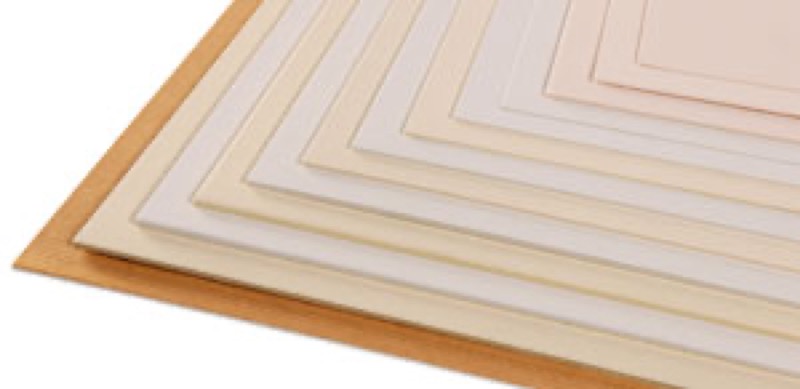Pamper your finished projects! Give them some extra care: here is a list of materials necessary to keep them in the best condition.

1. Les vernis
Preserve wet techniques
- Oil, acrylic, watercolor or gouache: each technique requires the use of a specific varnish, resulting in a matte, satin or glossy finish. Most are applied in a single coat, with a brush, always in the same direction.
- Choose non-yellowing varnishes and apply after the work is completely dry. It is preferable to wait several months before treating an oil work.
- Special anti-UV varnishes will waterproof and protect those works displayed outdoors.
- If you want a restorer to be able to work on your creations at some point, use removable products.
Preserve dry media
- Traditional varnishes are available in aerosol or in liquid form, to be used with a sprayer.
- Spray several light coats, to keep from soaking the paper, and allow to dry between applications
- Keep the spray approximately 30 to 40 cm away from the work

2. Protective materials
- Conservation grade card stock: anti-fungal, acid-free and with an alkaline base, this laminate is assembled with neutral adhesive. Available in various sizes (up to 100 x 140 cm) and in several thicknesses, it can be used to mount the work or to serve as a mat for framing. It can be shaped to manufacture folders and archival or presentation boxes.
- Permanent (acid-free) paper: more flexible than card stock, it can be used for sleeves and pockets, closed on three sides, some with a flap. Sizes vary from 13 x 18 cm up to 60 x 80 cm.
- Barrier paper: acid-free and with an alkaline base, it is suitable for A3 or A4 size documents. Depending on use, select loose sheets or interior folders.
- Polyester film: it must be chemically neutral to provide good protection. It is available in many forms, from traditional folders closed on two sides, to pockets, with or without compartments (for the conservation of your slides, for example), with or without perforations.
Note: alkaline or pH neutral base
- Alkaline base: introduced into paper at the point of manufacture, this substance (magnesium carbonate or calcium, for example) neutralizes the acidification of materials, prolonging their longevity. Once this reserve is used up, the paper must be changed.
- Neutral pH: the optimal acid level for conservation paper (near 7). Caution, neutral status of a paper does not always indicate quality: some containing impurities can become fragile, and cause the preserved work to become fragile, over time.

3. Storage
- Folders: Choose styles manufactured from special rigid conservation grade card stock and which can be inserted in matching cases. You will achieve an immaculate finish, your documents will be protected to the utmost and you may store them vertically as well as horizontally, by stacking. In general, they are designed to hold size A4 documents, at a maximum.
- Archival boxes: in the same format, also acid-free, they are useful to preserve a large number of documents, protected by interior folders, at the lowest cost.
- Boxes plain and fancy: available in various sizes, up to 60 x 80 cm, allow flat storage of large-size documents. With a careful finish, made in conservation grade card stock, they protect everything, while permitting direct access to your works. Certain styles, with a solid cover attached with a hinge, are easier to use.
- Tubes: also in conservation grade card stock, to be used for your large-size works: paintings, engravings, posters, photos...
Note: Framing, good ideas
- Choose anti-fungal glues with a neutral pH over handmade recipes capable of transmitting their acidity to the works.
- Choose papers and card stock which optimize the preservation of the work.
- Make small openings in the corners of the packet to allow old prints to breathe.
Recommended product:
Conservation Backing Boards
